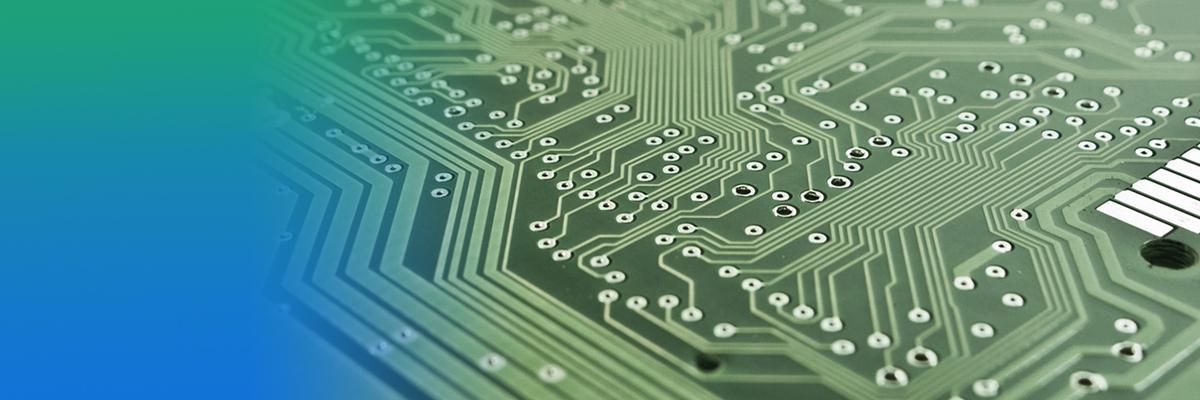Military PCB Manufacturing – An Overview on Mandatory Certifications and Standards

Military PCB Manufacturing – An Overview on Mandatory Certifications and Standards
Printed circuit boards (PCBs) are used in almost every industry in the world. Most industries utilize standard PCBs that adhere to the same set of designing and manufacturing standards. However, there are several mission-critical applications in crucial sectors such as military and defense that demand high performance in abusive conditions. For instance, PCBs are an integral part of several military and defense applications such as military navigation equipment, guidance and control equipment, electronic warfare, surveillance and communication devices, and so on. They serve as an interconnecting component in all these devices. Thus, to ensure their high performance and connectivity, the military industry has regulated several stringent fabrication standards that need to be followed by military PCB manufacturers. What are the quality standards followed in the military and defense PCB manufacturing? Or how is the PCB fabrication different for military and defense than other industries? This post will help you understand it better.
An Overview of PCB Capabilities for the Military and Defense Industry
As said before, most PCBs are designed to work under a set of conditions in regular environments. However, military PCBs are exposed to a different set of conditions than regular PCBs. They may be used in the sky, under water, or on the land under various conditions. Thus, military PCBs are often designed and tested stringently to ensure that they meet the following:
-
High temperature and pressure resistance
-
Humidity and moisture resistance
-
Ability to sense high and low frequencies
-
Functioning in corrosive environments
-
Excellent transmission clarity and strength
All these requirements are met only by military PCB manufacturers because they understand them better. This is the reason why it is always recommended to buy from trusted and experienced military PCB manufacturers who have vast experience in designing and manufacturing PCBs to be used in adverse conditions. These use a variety of layouts and work with a variety of materials to meet these conditions. Also, they conduct stringent testing and inspection before sending the PCBs to their customers. During testing, the manufacturer ensures that the PCB meets the above-discussed requirements of the application as well as offers high performance.
Certifications and Standards Followed by Military and Defense PCB Manufacturers
Military and defense PCB manufacturing is regulated by different stringent standards. This means, military PCB manufacturers you work with may be following PCB Certifications and Standards:
-
ITAR: This is the acronym for International Traffic in Arms Regulation. ITAR stringently controls the import and export of defense-related products and services within the US. It means, all military PCB manufacturers and other manufacturers, brokers, and exporters of defense-related services, products, and related technical data must adhere to ITAR regulations.
-
MIL-PRF-31032: It is a military-specific standard regulated by the US Department of Defense (DoD). The detailed specification of this standard can be found under the title "Printed Circuit Board/Printed Wiring Board, General Specification For" on the website of DoD. The scope of this specification specifies the performance requirements of printed wiring boards as well as the printed circuit boards. Also, there is a mention of the confirmation requirements to ensure that the PCBs meet the desired performance requirements.
-
MIL-PRF-55110: This is also a certification devised by the US Department of Defense (DoD). Like MIL-PRF-31032, the detailed information can be found under the section "Printed Circuit Board/Printed Wiring Board, General Specification For" on the DoD website. The scope defines qualification, as well as performance requirements of rigid double-sided, single-sided, and multilayer printed wiring boards with or without plated through holes.
-
IPC 6012 CLASS 3/3A: IPC is the acronym for the Institute for Printed Circuits, a premier organization which set the standards related to the production of circuit boards for several mission-critical applications in military and defense, telecommunications, medical equipment and devices, among other industries. IPC describes the PCB production in Classes 1, 2, and 3. Class 3 and 3A demand higher tolerances than the other two classes, and they include PCBs required to have high performance in adverse conditions. Class 3A specifically defines military and avionics, and it is the toughest and the highest standard for PCB fabrication.
-
AS9100: This is the quality management standard for the aerospace industry. The standard combines the best practices of ISO 9001 with a few additional quality requirements to meet the stringent quality standards set by organizations such as NASA, DOD, and FAA.
So are you planning to work with experienced military PCB manufacturers in the US? If yes, Twisted Traces stands tall among them. The company has a vast experience in designing and providing PCBs for mission-critical military and defense applications.



